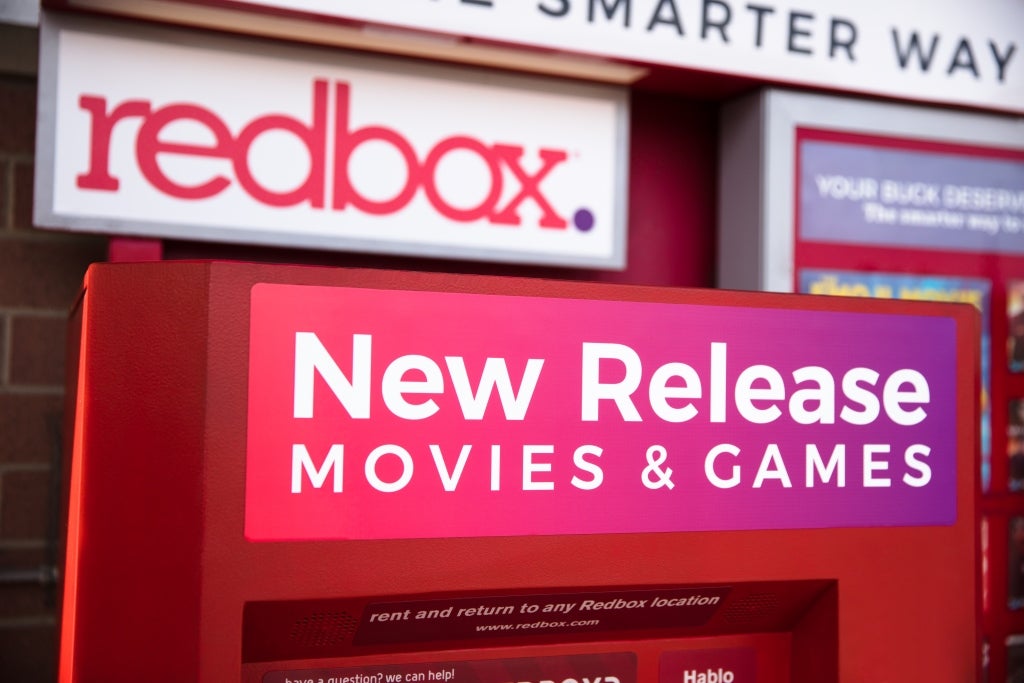
Redbox’s initial public offering (IPO) is in the works, and with it, CEO Galen Smith says working both sides of the entertainment fence is giving the company new life. Redbox is currently the biggest game in town when it comes to physical media distribution, but it’s also frantically working to build itself a bridge into the future of streaming video.
While Redbox’s origins go back to 2002 and a much more robust landscape for video stores, Redbox was already something of an anomaly. Today, it’s perhaps the world’s most unique entertainment business. With the shutdown of Family Video earlier this year, Redbox was pretty much the only game in town for physical movie rentals. And what a game it was; with over 40,000 DVD rental kiosks, Redbox has a greater physical presence than McDonald’s and Starbucks together.
The company currently has a valuation of $693 million, as established by a special purpose acquisition company (SPAC) transaction. At last report, Apollo Global Management is poised to be a majority shareholder in the company that emerges following the purchase, and a unique perspective will go along with it.
Smith couldn’t discuss much about the upcoming SPAC deal, but he did detail how the combination of streaming and physical media would be vital to the company going forward. He revealed that, eventually, that physical footprint would fade away and only the digital arm would be left. However, Smith also noted that it was vital to stick to the physical format at least for a while to come.
Redbox users, Smith noted, are “late adopters” technologically speaking. About 70 percent of the company’s user base considers itself to be such, and so, offering access to physical titles is crucial to the company’s success. Meanwhile, its streaming arm is in use, but not extensively. The company has a user base of around 40 million people. Of them, just 3 million have used the streaming platform Redbox on Demand.
Meanwhile, a significantly larger total—9 million devices—have signed up to use Redbox Free Live TV, a service launched just last year. Redbox Free Live TV operates in a fashion similar to Pluto TV, Roku Channel and Amazon Fire TV, offering up over 100 linear channels.
Meanwhile, Smith expounded, the company is actively working toward being a source for original content as well. The company’s Redbox Entertainment arm is on track to complete three films a month. That’s still a goal, and one that will require additional hiring to meet, but the company expects to get there in 2022.
The company’s balancing act so far seems like a solid approach. With the necessary internet infrastructure still lagging in many places—especially in places heavily populated by “late adopters”—there’s a clear call for services like Redbox to meet that demand. Meanwhile, Redbox is also working to expand its footprint in digital operations. That’s a welcome move; with large portions of even Redbox’s own user base not actually turning to its digital operations, it’s clear Redbox needs a way to pull in more viewers. As we’ve seen frequently, original content is one terrific way to go about doing just that.
With Redbox visibly straddling the line between physical and digital, and looking like it’s about to make that final pivot into digital completely—which will all but sever the last major physical operation—it has never been more clear that streaming is the future.